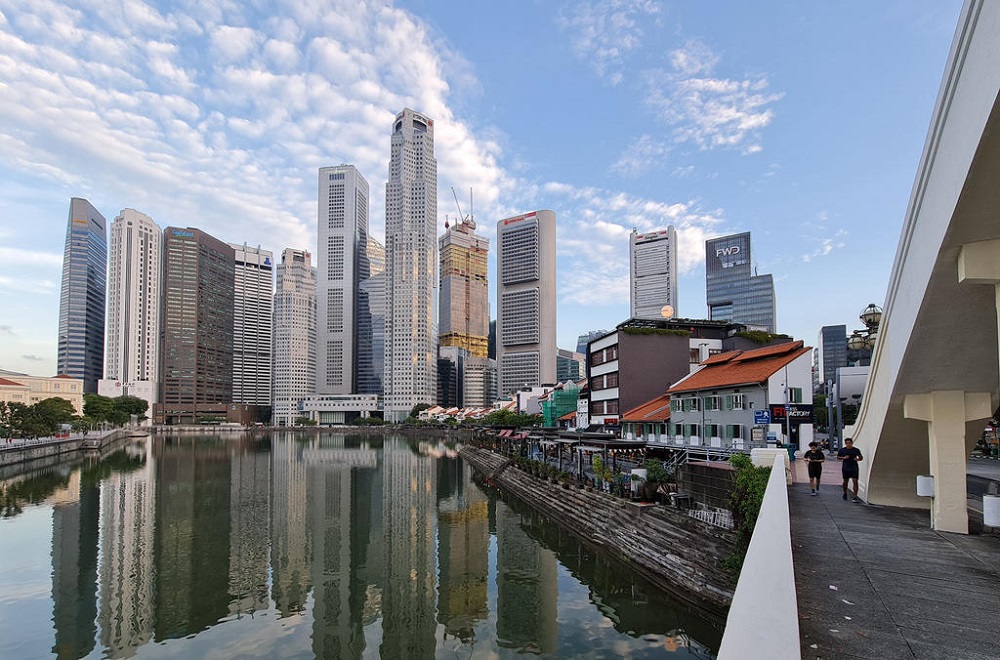SINGAPORE, Jan 20 — Despite the economic headwinds brought on by the Covid-19 pandemic, businesses committed to investing S$17.2 billion (RM52.5 billion) in facilities, equipment and machinery in Singapore last year, the highest in the past decade.
This was based on data released by the Economic Development Board (EDB) today.
This is higher than the S$15.2 billion that Singapore drew in fixed asset investments in 2019 and is expected to add S$31.2 billion to Singapore’s economy, including wages and profits, EDB said.
Even so, there was a sharp decrease in the number of jobs expected to be created when these investment projects are completed.
An estimated 19,352 jobs are expected to be created by the 2020 investments, compared with 32,814 jobs from the previous year.
Last year’s data, though, exceeded EDB’s goal of 16,000 to 18,000 jobs created per year.
Total business expenditures also tumbled to S$6.8 billion last year, a decrease from S$9 billion in 2019.
Speaking to reporters, Trade and Industry Minister Chan Chun Sing noted that Singapore’s attractiveness as an investment destination allowed it to overcome the pandemic’s uncertainties and that things could look up for the Republic’s economic prospects in the coming year.
“EDB’s figures today are promising and encouraging and, if all things go well, we can expect to see some recovery in the global economy towards the second half of this year,” said Chan.
“However, we should not think that the road ahead will be a walk in the park because we have managed to do well up till now.”
He urged companies and workers to be nimble and adaptable, given the challenges ahead.
Companies will take a longer time to decide on their investments in the next year or two, and countries will also compete harder for investments and jobs, said Chan.
Chan said: “While Singapore continues to be an attractive investment destination, we also need to be mindful that things can change very quickly.”
EDB chairman Beh Swan Gin added that much of the investment momentum this year will hinge on how vaccinations against Covid-19 are rolled out in countries around the world, though investments are unlikely to reach the same level as last year’s.
“But we are cautiously optimistic that come 2021, if vaccinations roll out successfully... prospects and sentiments will improve,” said Dr Beh, adding that recovery in the first half of this year would likely still be patchy.
Giving a breakdown on the types of jobs spawned by the 2020 investments, EDB said that around 45 per cent of them are production-related positions, such as manufacturing technicians and production engineers.
Less than a quarter (24 per cent) are jobs in the digital arena, such as data scientists and product designers.
This is a reversal from 2019, when almost half of the new jobs expected to be created were digital jobs (49 per cent), compared with production work (29 per cent).
Job distribution data goes back only to 2019, said Dr Beh, as EDB wanted to give more granularity in the type of jobs arising from investments.
Chan said that the types of jobs created from investments have been diverse and that investments occur over many years. Hence, certain types of jobs could see fluctuations in the data by the year.
“Going forward, it will be harder to find a linear correlation between the investment amount and the number of jobs created.
It is more important that they are higher-quality jobs that allow our workers to earn better wages,” said Chan. — TODAY






















